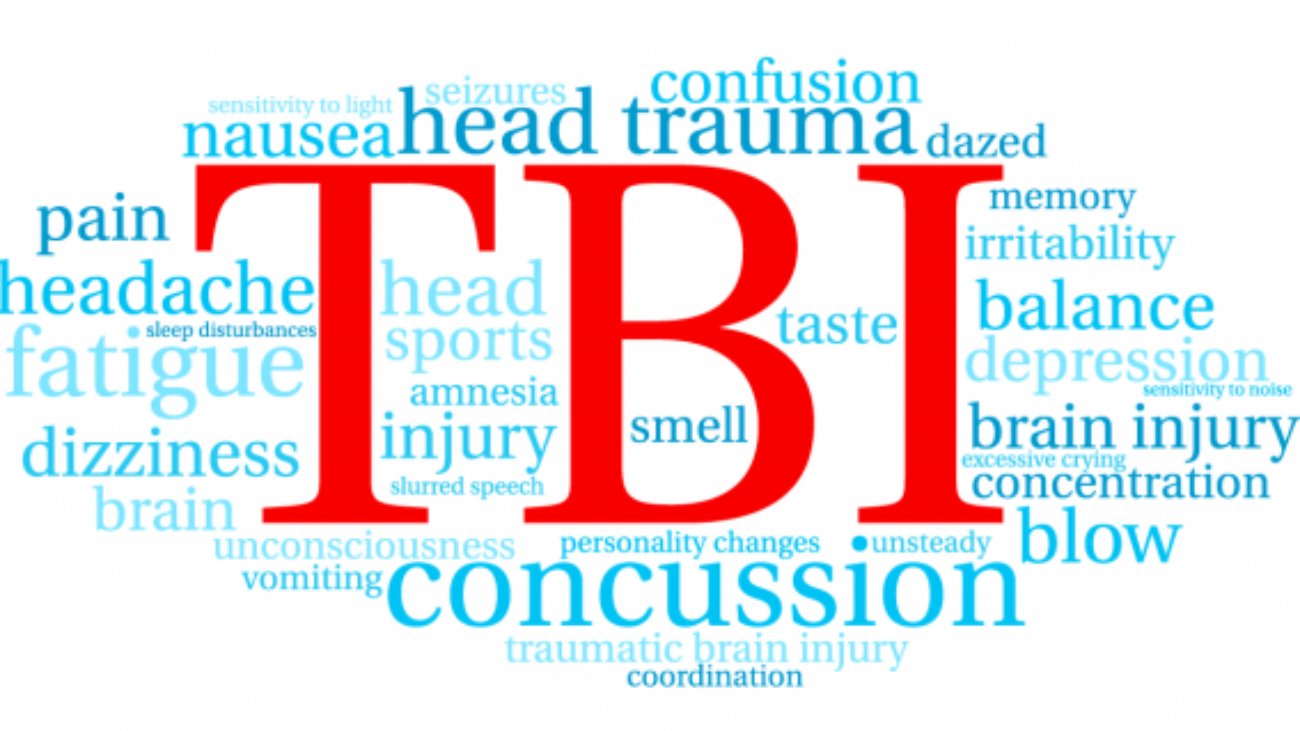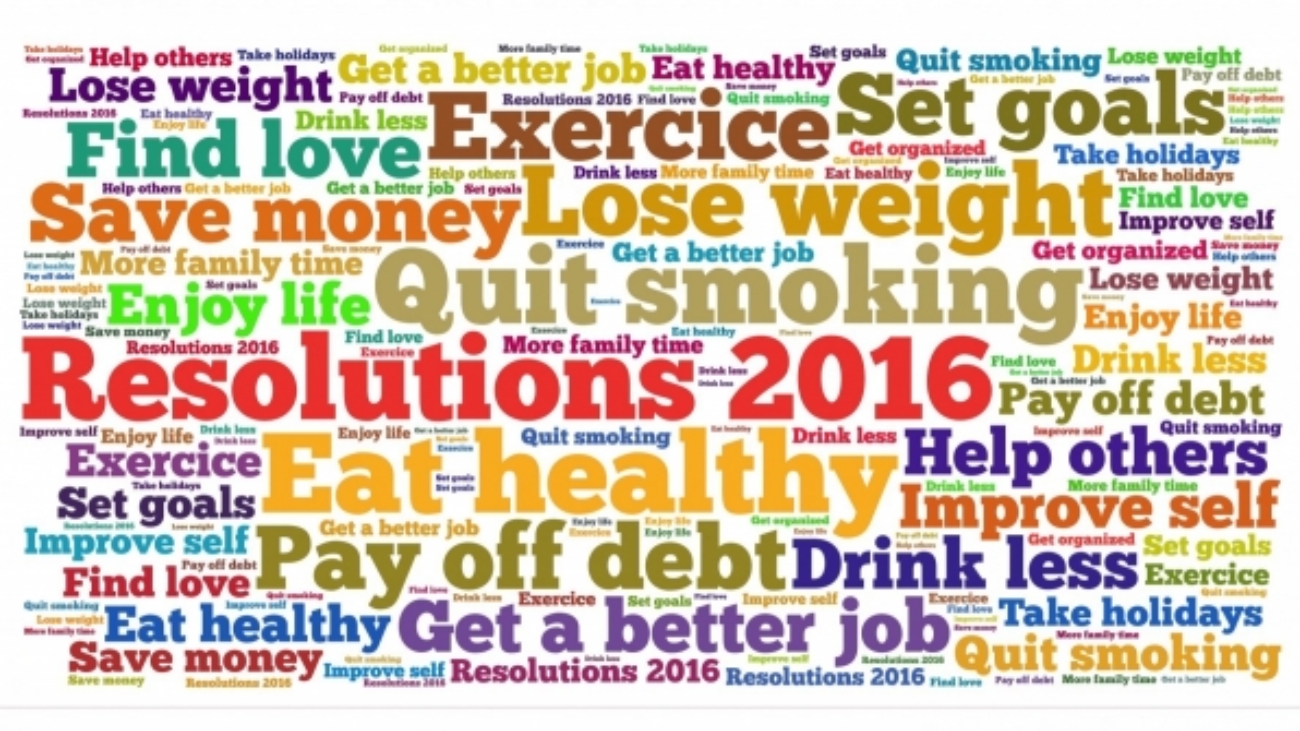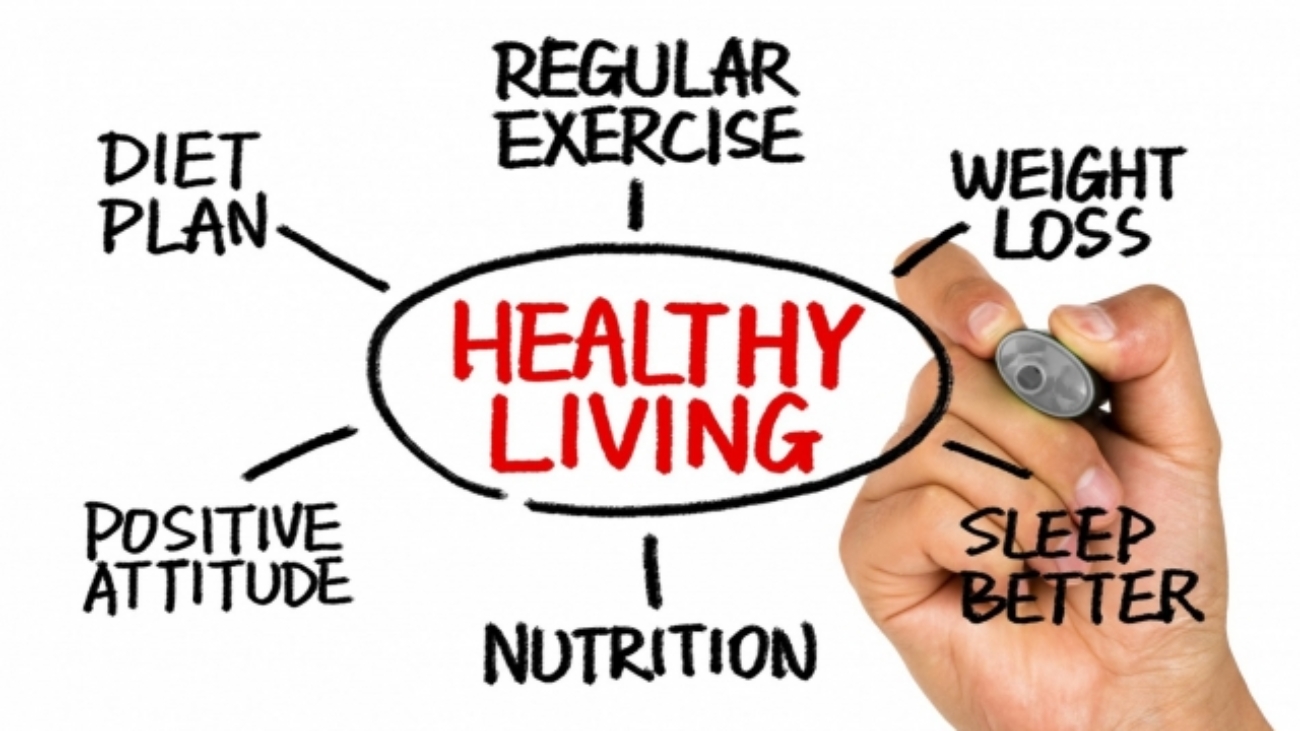by Dr. Shelese Pratt ND @ The Pratt Clinics
Boulder, Colorado
303.284.3180
We all love sending our children out on the sports field to shine at their sport. We enjoy driving our cars and living our lives to the fullest. Unfortunately, life comes with tragedy. Traumatic Brain Injuries (TBI) are very common these days. It can happen at any time to anyone, but the elderly and children are at the highest risk for a TBI. Falls, accidents, sports injuries, objects hitting the head, and strokes account for the majority of TBI’s in the United States. The way each person heals from a TBI is unique. The rate of healing depends on the severity of the trauma on the tissue and how well the person was nourished before their head injury. My hope is to help you by preventing susceptibility to injury and making sure you have the correct treatment for a TBI.
What are the symptoms after a concussion/Traumatic Brain Injury?
Confusion
Lack of orientation to time and place
Headaches
Vision changes
Memory loss
Difficulty with coordination, clumsiness, stumbling
Poor concentration
Dizziness
Irritability
Personality changes
Slurred speech
Inability to find the right words
Delayed response to questions
Slow processing
Nausea/ vomiting
Sensitivity to noise and light
Problems sleeping
Seizures
Loss of consciousness
In Post Concussive Syndrome (PCS) you can also have a resurgence of the original symptoms of a concussion plus Apathy/Depression/Anxiety
How do we heal the brain after a TBI?
Rest the Brain. I know you don’t want to hear this, but you have to put the injured person in dark room for 14 days. Absolutely no ibuprofen or NSAIDS, garlic, fish oil or ginger for 4 days following a head injury. These foods and medications can thin the blood and increase bleeding in the brain. Avoid all sensory experiences and wear sunglasses if you go out of the house. Use ear plugs. Do not spend any time in front of a screen (movies, tv, gaming, etc.) because blue light is too stimulating to the brain when it is trying to heal. Once you feel better you can read and take part in low stimulating activities but take breaks every 15 minutes. Slowing down is the most important step to healing the brain in the first few weeks post TBI. Imagine the bruise in the brain is like a broken bone. If you keep using it when it needs to heal you are preventing it from repairing itself. If you allow sufficient healing time at the beginning of this process you will recover and heal faster.
Increase protein right away. When the brain is injured it goes into a hyper-metabolic state. This means it needs an extraordinary amount of glucose, ketones, or creatine for the neuron’s energy production to heal. If you are in a high risk sport like race car driving, boxing, soccer, or football you may want to try a ketogenic diet to avoid brain injuries. After a TBI, I suggest eating high protein foods. Steak, eggs, or pea protein powders are imperative to healing the brain. Branch chain amino acids can be added to increase the protein demand. TBI patients need more frequent meals and extra creatine to feed their cells and mitochondria for repair. Incorporate good fats like avocado, nuts, seeds, olive oil, and coconut oil to heal your brain. The key to recovering brain function is to make sure you control inflammation. By consuming a diet full of high antioxidant foods you can help protect the brain before an injury and help manage healing after a TBI. So remember you are protecting your brain every time you eat your 5 servings of fruits and vegetables each day.
People who are struggling with a TBI need to avoid the following:
Alcohol
Processed foods
Refined sugar
Fried and salty foods
Caffeine
Don’t stop moving. 4 days after the injury you can start to walk or take part in limited low impact exercise. If you get a headache, nausea, or any other neurological symptom you need to slow down and rest. One of the most important substances to heal the brain is called Brain Derived Neurotrophic Factor (BDNF). Appropriate exercise increases BDNF.
Benefits of BDNF include:
1.Neuronal growth
2.Restores neuron communication
3.Reduces the risk of neuronal degeneration and death
The following supplements can offer vital nutrients for the brain to protect and heal itself. Managing inflammation and lowering oxidative stress is the key to treating TBI’s. Consult with a Naturopathic Doctor or Functional Medicine Doctor to know how to take these supplements.
1.Antioxidants: Vitamin D, A, C, E, CoQ10, NAC, ALA, and glutathione. Antioxidants help the cells recover from injury by reducing free radical damage to the neurons and increase BDNF.
2.Omega 3 Fatty Acids (DHA/EPA): 1 week post concussion I start patients on essential fatty acids (EFA’s) to reduce inflammation in the brain. By taking Omega 3 oils you are preventing neuronal damage and increasing the fluidity of the cell membranes. By having fluid cell membranes, you are helping the cell take in the necessary nutrients for health. When you are low in EFA’s (like DHA) you are more likely to have deficiencies of these important nutrients inside the cell. This can make you more prone to a head injury. DHA makes up 97% of omega 3 fatty acids in the brain.
3.Phospholipids: Phosphatidylcholine (PC), Phosphatidylserine (PS), and L-Alpha glycerylphosphorylcholine (GPC) can help with the generation of neurotransmitters for cognition and better sleep. They can help restore memory, alertness, reasoning, information processing and mental performance.
4.B vitamins: B vitamins are necessary for reducing inflammation and healing neurons. They are also important for the synthesis and breakdown of neurotransmitters. That means they can help with mood and cognition.
5.Minerals: Magnesium and Zinc are essential for neuronal repair and growth. They also regenerate glutathione (a master antioxidant). Magnesium stimulates BDNF and prevents Post Concussive Syndrome (PCS) which can cause prolonged concussion symptoms and increases in anxiety and depression.
6.Curcumin: Tumeric is a strong anti-inflammatory herb. It is also a great antioxidant and reduces cognitive impairment. Curcumin stabilizes energy in the cell and reduces membrane damage in neurons.
7.L-Carnitine: reduces fatty acid oxidation and helps maintain cell membranes. It is also an important nutrient for energy production in the cell that will help increase the patient’s processing speed and attention.
8.Stay well hydrated and add electrolytes. I like Seeking Health’s electrolyte formulation because it has the creatine with the electrolytes. I don’t suggest electrolyte formulations with food coloring and high fructose corn syrup.
Every TBI patient I’ve ever run an Adrenal Stress Index (ASI) has had adrenal dysfunction. This is why most head injury patients have symptoms of fatigue for months or years after their accident. Adrenal insufficiency is common in this population and they can feel so much better with adrenal support. Testing is important to assess cortisol levels before treatment. High and low cortisol can exhibit similar symptoms so your doctor will need to know what stage of adrenal dysfunction you are in to treat the adrenals correctly. Speak with your doctor to find the best treatment for adrenal dysfunction.
Watching a loved one after a concussion or TBI is scary. Unfortunately, there is a lot of bad information out there on what to do and a lack of awareness about what you can do. I hope this information is helpful. There are ways to feel better and regain your health. Please reach out if you have any questions. As always, I’m here to help and support you in health. Please call my office at 303.284.3180 to learn more.









